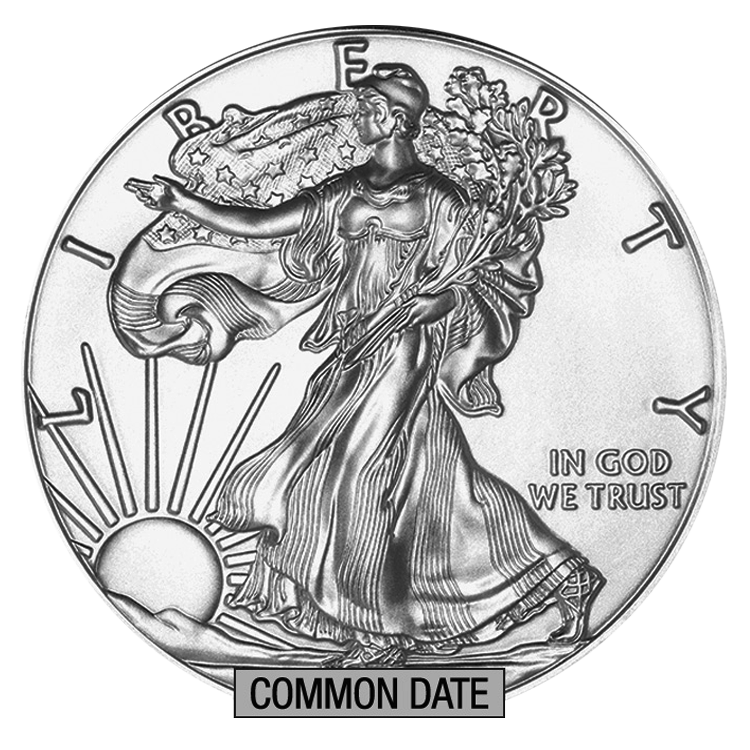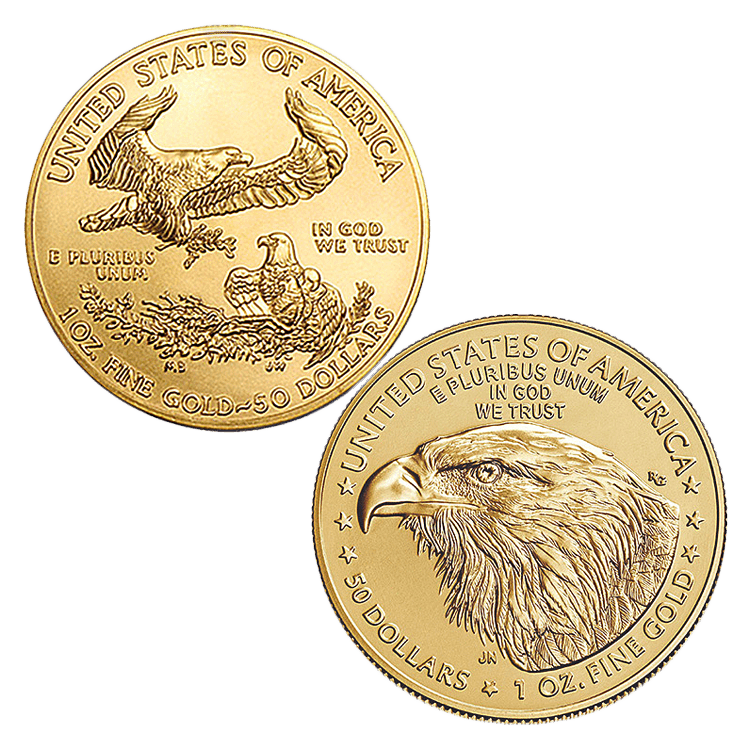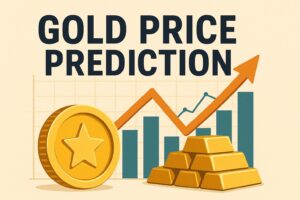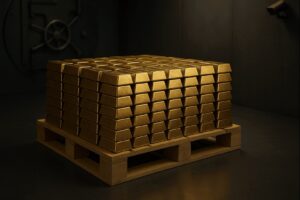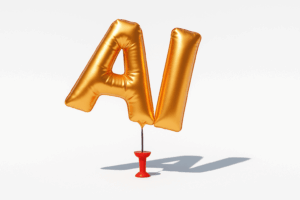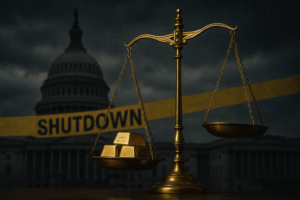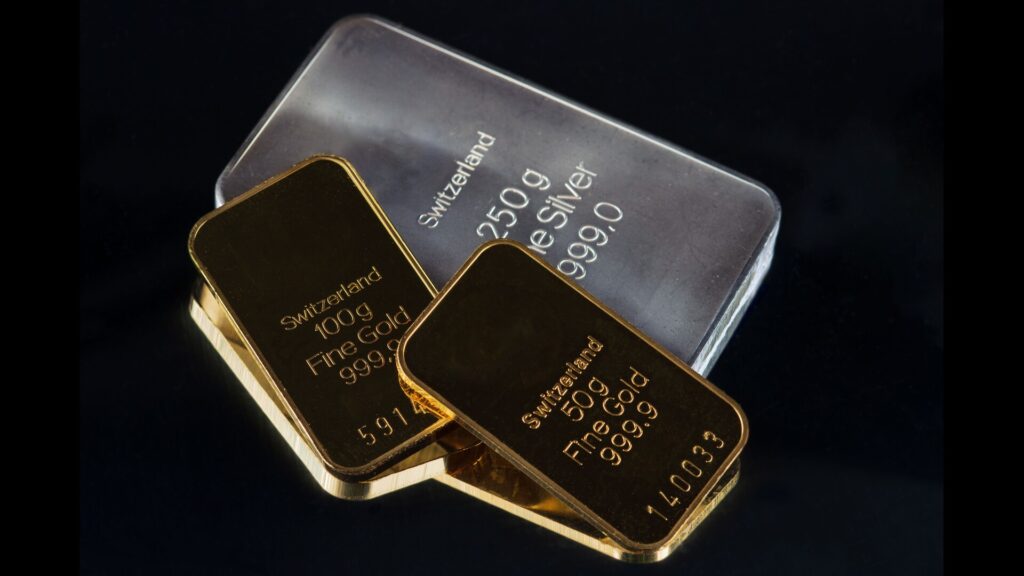
You’ve probably heard Mike Maloney mention the dollar milkshake theory recently — and for good reason. This vivid metaphor captures one of the most important dynamics in global finance today.
Picture the U.S. dollar as a giant straw, sucking up capital and liquidity from around the world like a milkshake. As the world’s reserve currency, the dollar pulls money into the U.S. financial system during times of stress — often leaving other economies gasping for air.
What Is the Dollar Milkshake Theory?
Popularized by Brent Johnson of Santiago Capital, the theory explains a dangerous paradox. When global uncertainty rises, investors worldwide flee to the “safety” of U.S. dollars. After all, it’s the deepest, most liquid market on Earth.
But here’s the catch: while this rush strengthens the dollar, it creates a vicious cycle for everyone else. Countries and corporations that borrowed in dollars suddenly find their debts becoming crushingly expensive to repay.
Think about it — if you’re a Brazilian company that borrowed $100 million when your currency was strong, and suddenly the dollar surges 30%, you now owe the equivalent of $130 million in your local currency. Multiply this across thousands of companies and dozens of countries, and you have a recipe for crisis.
We’ve seen this movie before: the Asian financial crisis of the late 1990s, the emerging market turmoil of recent years. Same story, different decade.
Why This Matters Right Now
The nuance is important — although the U.S. dollar has weakened against major currency baskets in 2025 (the U.S. Dollar Index has slipped ~10–11 %) the milkshake effect doesn’t require a continuously rising dollar. What matters is relative strength in moments of stress and how the dollar functions as a capital magnet.
- During periods of volatility or capital flight, even a “softer” dollar can outpace weaker counterparts.
- Investors still bid into the dollar—or reduce exposure to other currencies—when global credit strains intensify.
- A weaker dollar over time may encourage risky borrowing, leverage, and accumulation of dollar debt across the globe — planting seeds of instability.
Essentially, a falling dollar doesn’t break the logic of the milkshake — it just shifts the timing and triggers. When stress hit, the dollar’s “straw” still becomes potent, pulling capital back into the U.S. system — and dragging the rest of the world in its wake.
The Dollar + Gold Tradeoff
One of the most fascinating parts of this theory is that gold and the dollar can sometimes move together — counter to conventional wisdom. In fact, Mike Maloney and Brent Johnson have explored that possibility in past videos.
Here’s how the logic plays out:
- In crisis, dollar strength may compress other currencies and force defaults, capital outflows, and systemic stress.
- Central banks and governments then often counteract by printing money, monetizing debt, or launching quantitative easing.
- That flood of liquidity weakens fiat broadly — and gold ultimately benefits.
Thus, gold doesn’t necessarily “lose” when the dollar “wins” — especially over medium-to-long horizons under systemic distress.
Protecting Your Portfolio from the Fallout
The dollar milkshake might give the greenback a temporary sugar high, but it’s poisoning the global financial system in the process. For investors who understand this dynamic, the message is clear: own assets that exist outside the dollar system.
Gold and silver aren’t just inflation hedges or crisis insurance — they’re your financial lifeline when the milkshake runs dry and the system needs another reset. While others scramble for paper promises, you’ll be holding real money that has survived every currency crisis in history.
The straw is still sucking, but it won’t last forever. When it stops, make sure you’re holding something more substantial than paper.
Investing in Physical Metals Made Easy
Open an AccountPeople Also Ask
What is the Dollar Milkshake Theory?
The Dollar Milkshake Theory, coined by Brent Johnson of Santiago Capital, describes how global demand for U.S. dollars can “suck up” capital from other economies — like a straw pulling from a milkshake. When investors flee to the safety of the dollar, it strengthens temporarily, making dollar-denominated debt much harder for foreign countries and companies to repay.
Why does the Dollar Milkshake Theory matter for investors?
Because it shows how a strong or relatively stronger dollar can trigger crises abroad that eventually spill back into U.S. markets. Dollar strength may appear positive, but it often signals fragility in the global system. For investors, this dynamic underscores the need for safe-haven assets like gold and silver that exist outside the dollar system.
Is the dollar stronger or weaker in 2025?
So far in 2025, the U.S. dollar has weakened against a basket of major currencies, falling roughly 10–11%. But even during periods of weakness, the dollar milkshake effect can emerge. In times of stress, capital still flows into the dollar, pressuring foreign borrowers and tightening global liquidity.
How does the Dollar Milkshake Theory affect gold prices?
Paradoxically, the dollar milkshake theory strengthens the long-term case for gold. While the dollar may rise temporarily during crises, that strength destabilizes the system, often leading central banks to print more money and monetize debt. Historically, those interventions have driven gold prices significantly higher — as seen in the 1970s and after the 2008 financial crisis.
What can investors do to protect themselves from the Dollar Milkshake effect?
The best defense is diversification into tangible assets that don’t depend on fiat currencies. Gold and silver are proven stores of value that hedge against both inflation and systemic risk. By holding physical precious metals, investors insulate themselves from the instability caused by dollar shocks and central bank responses.

Wait! Don't Forget Your Free Book
Mike Maloney's #1 all-time bestselling investment guide.

